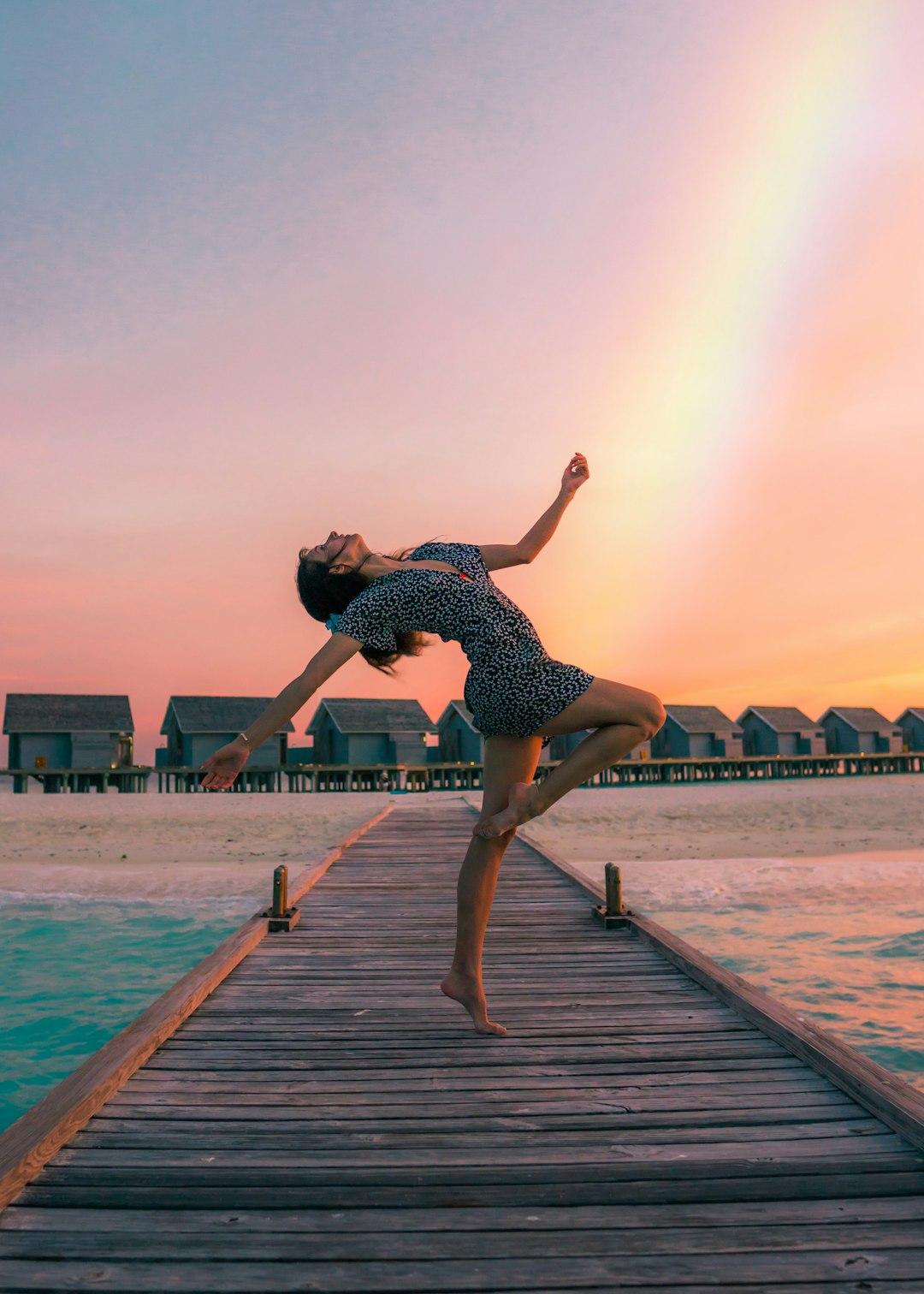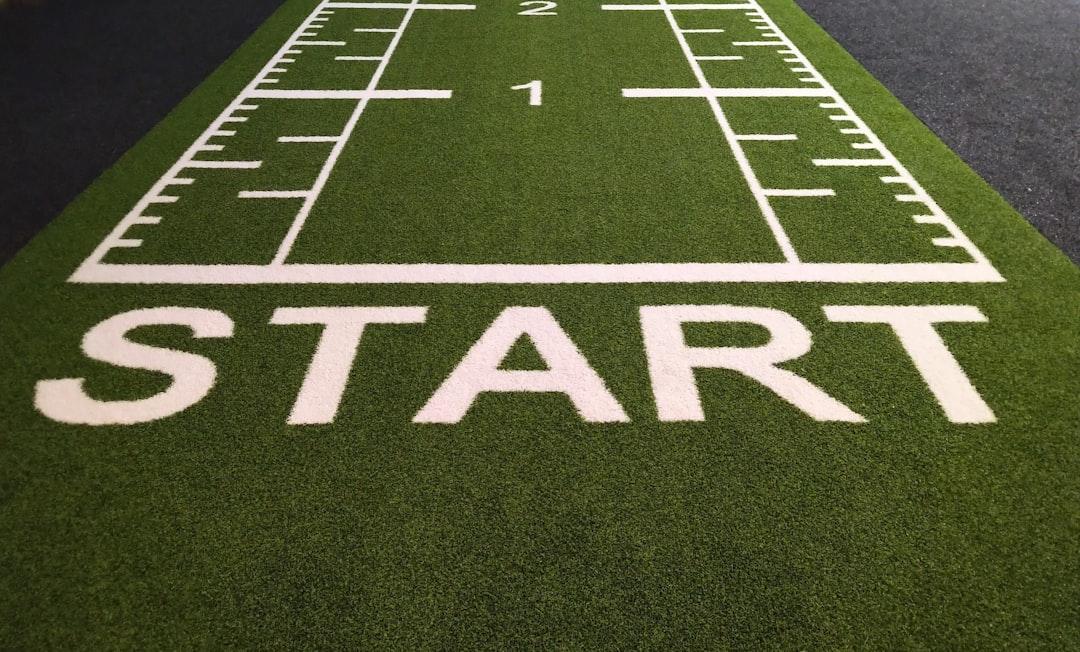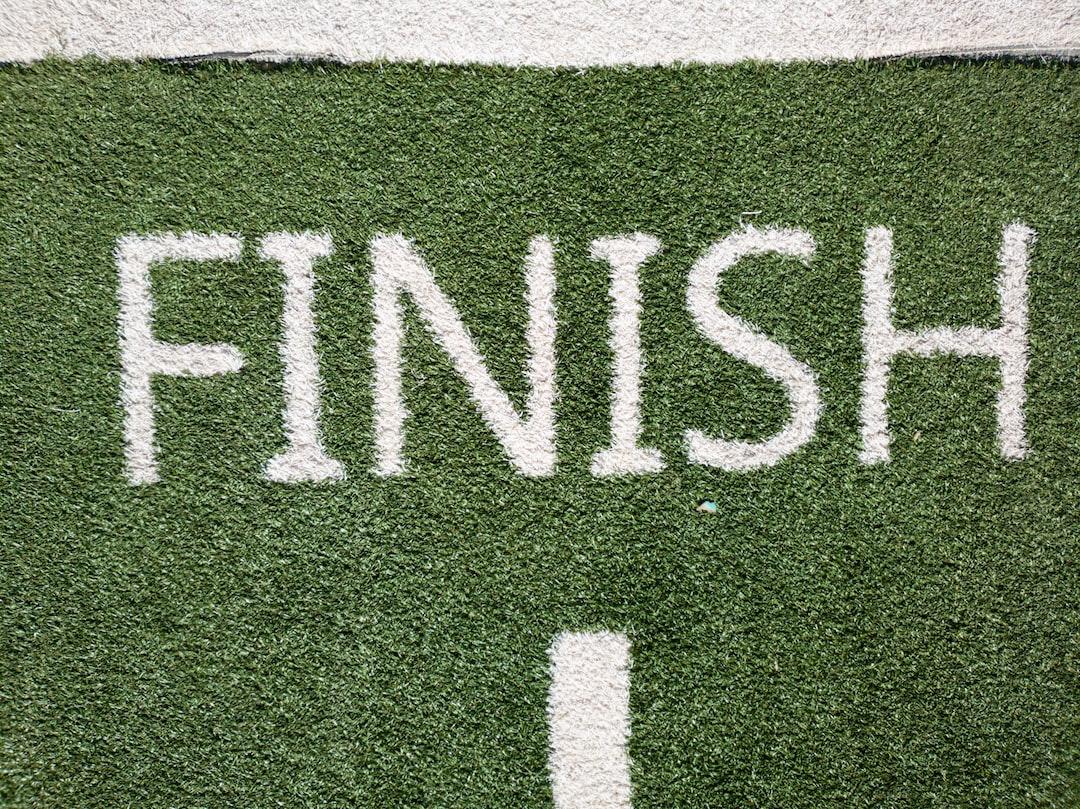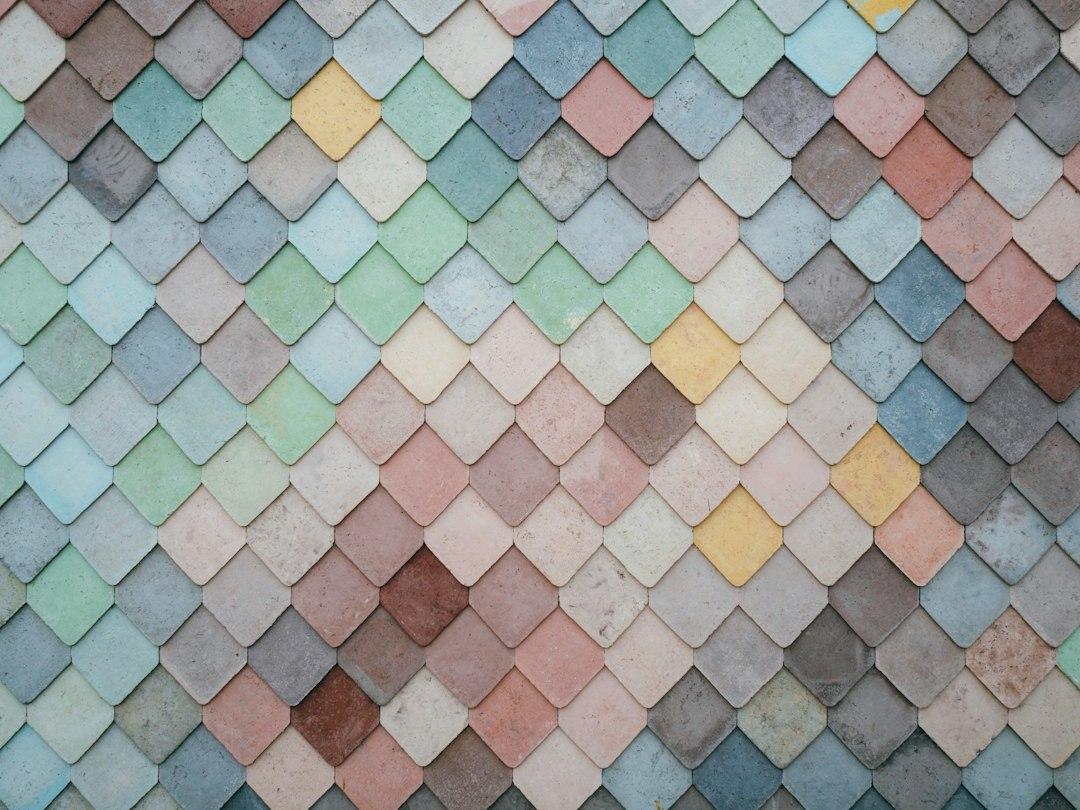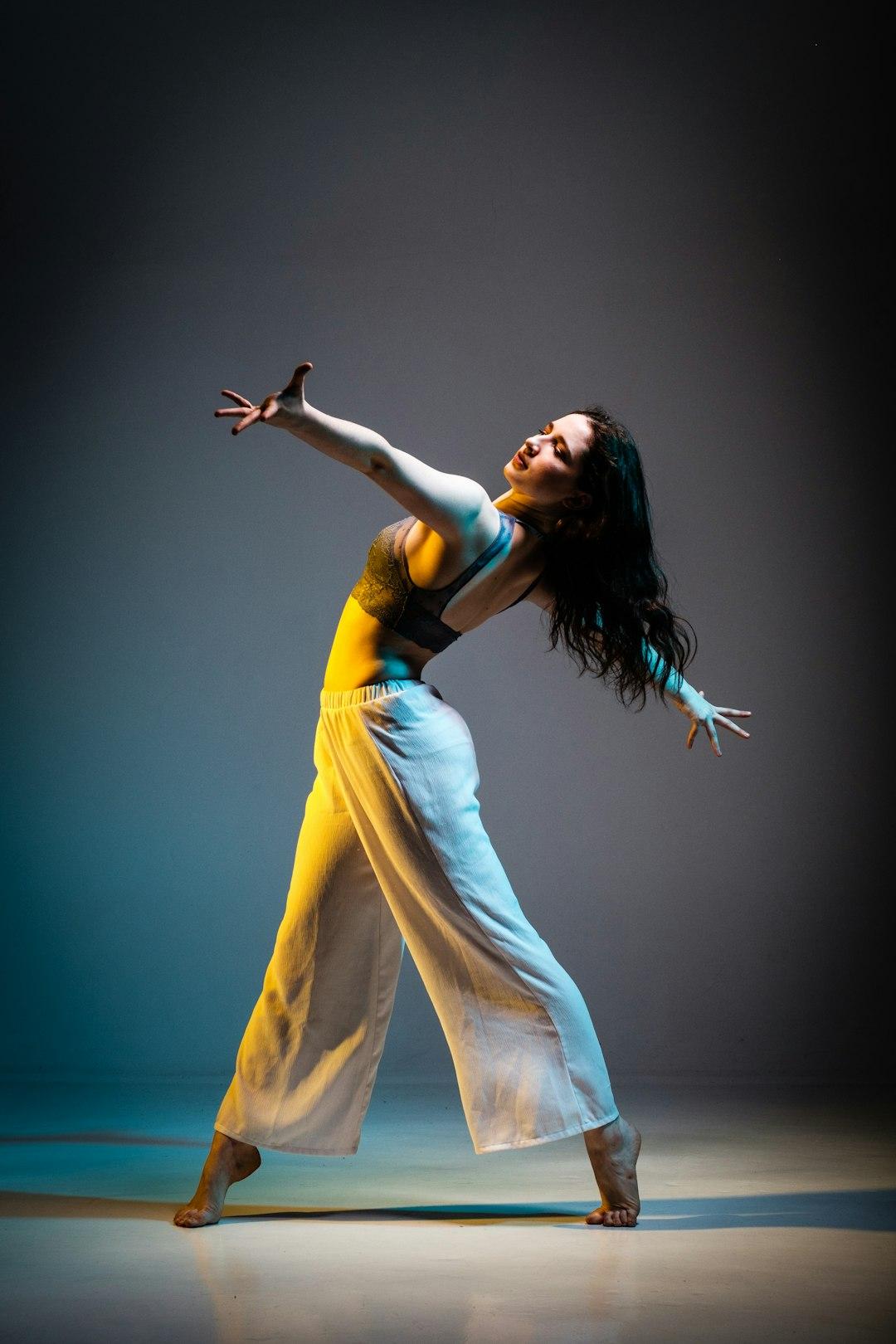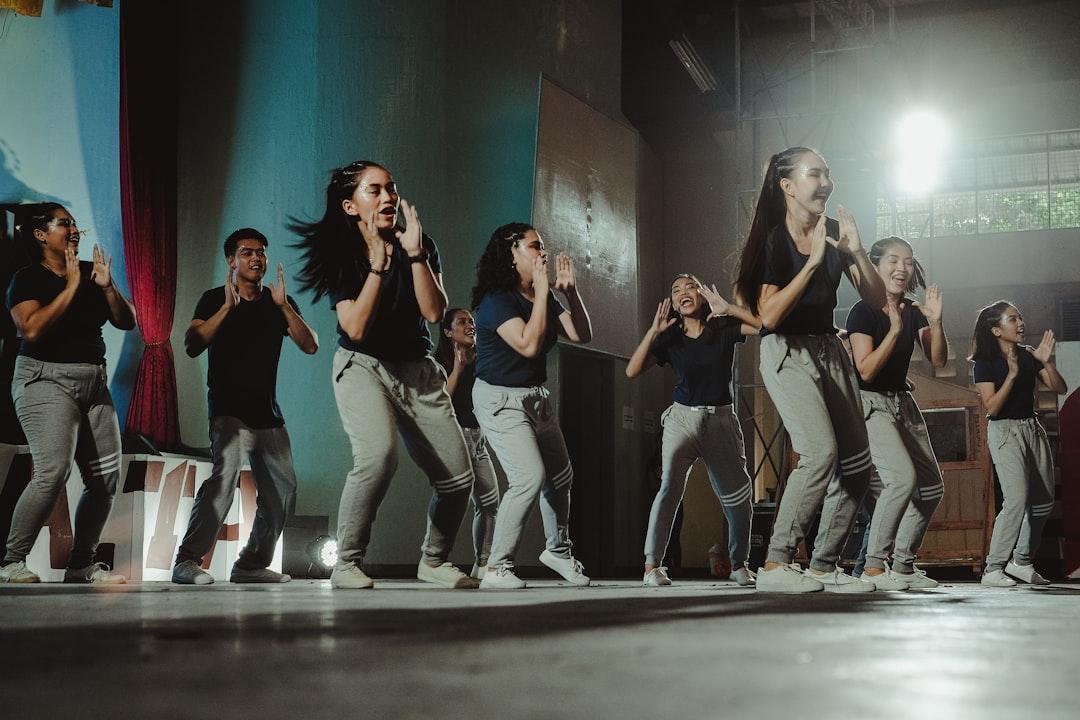How To Improve Dance Execution More Effectively | Back To Basics
Curated from: STEEZY
Ideas, facts & insights covering these topics:
6 ideas
·358 reads
4
Explore the World's Best Ideas
Join today and uncover 100+ curated journeys from 50+ topics. Unlock access to our mobile app with extensive features.
What Is Dance Execution?
It is the culmination of technical skill, artistic expression and dedication to creating a compelling and visually appealing dance performance.
The way you execute the dance moves might be the reason why your moves don't look like those of the choreographer.
Using the following variations of initiations, endings and textures will help you adjust the movements. With that you can either make a dance appear soft and floaty or sharp and powerful. This changes completely how a move feels and what it looks like.
9
81 reads
Initiations
This refers to how you start a movement.
- Fast-slows: Start off fast and perform the rest of the move slower. This adds a little extra groove.
- Launch: Use your whole body. It adds a feeling of weight.
- Release: Imagine your body unfreezing from the starting pose so that you can finally move around freely.
- Pop: Use muscle contraction at the beginning and then quickly relax your muscles. This adds a sharp and snappy start.
Sources of initiation: It is important to figure out, which body part initiates a dance move: This could be basically any body part, such as your arms, legs, chin, knee, hip or neck.
11
63 reads
Finishes
This refers to how the movement ends.
- Dime stop: Here, you stop instantly.
- Drift: You finish by moving through the ending rather than stopping.
- Reverb: "Bounce back" a little to give the illusion of weight at the end.
- Walk off: Here, the move doesn't actually have a clear end. You could simply walk off.
9
56 reads
Textures And Dynamics
Texture is the physical representation of the way a move feels to the eye.
It consists of:
- Speed: How fast or slow you perform a move.
- Levels: Where you perform it (high up or low).
- Tension: How much tension or relaxation you have in your body.
Dynamics are the differences between the intensity of those building blocks. Adjusting these will help you match the feeling of a song. It is best to choose the ones fitting the song most.
9
49 reads
Types of textures
Dancers often imitate real-life objects with their movements as it can be seen in different types of textures:
- Floaty: Starting of a little faster and then going slow.
- Speed ramp: Going slow to fast.
- Stop motion: Performing a move with little stops.
- Honey: Going fast to slow but your body continues to hold tension like your moving through honey.
- Shaky: Like you're freezing and shivering.
- Sharp: Fast movement from initiation to dime stop.
- Soft: Flowing all the way through.
- Bouncy: Bouncing to add a groovy vibe.
9
53 reads
Intentions
Figuring out the intention behind a move can be extremely helpful, as intentions tie the moves together. So when learning a choreography, try to figure out the intention behind a move or the dance in general and try to match it.
"Don't just ask yourself what they are doing, ask why."
Now, go out there and improve through practice!
9
56 reads
IDEAS CURATED BY
CURATOR'S NOTE
This is for anyone wanting to improve their dancing skills or choreographies by making the execution of the dance movements better.
“
Similar ideas
7 ideas
99 - Endgame | Vitalik Buterin
Bankless
6 ideas
Read & Learn
20x Faster
without
deepstash
with
deepstash
with
deepstash
Personalized microlearning
—
100+ Learning Journeys
—
Access to 200,000+ ideas
—
Access to the mobile app
—
Unlimited idea saving
—
—
Unlimited history
—
—
Unlimited listening to ideas
—
—
Downloading & offline access
—
—
Supercharge your mind with one idea per day
Enter your email and spend 1 minute every day to learn something new.
I agree to receive email updates

